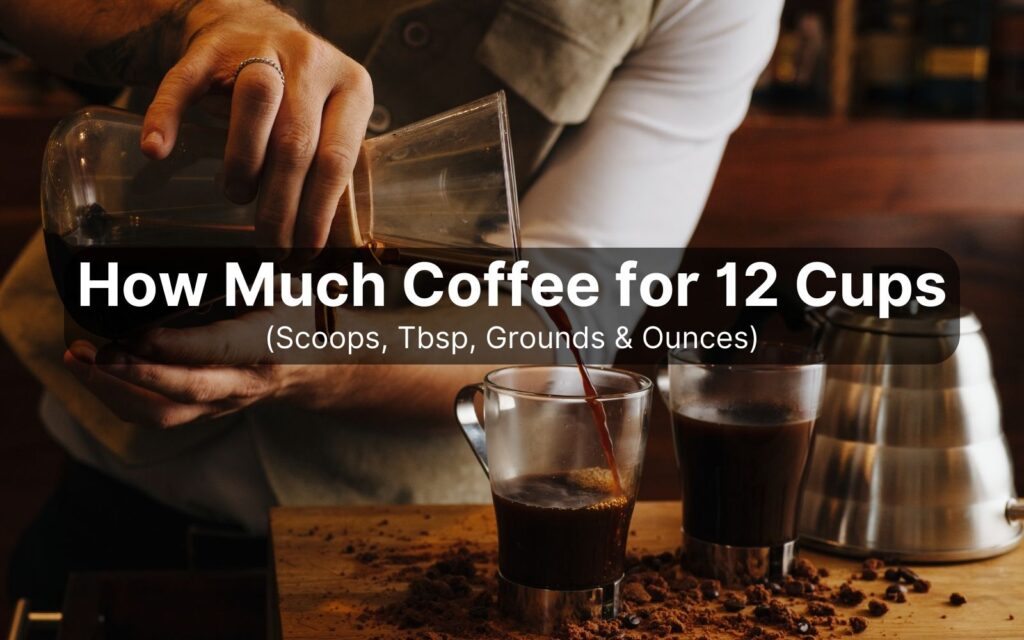The History of Coffee
Origins of Coffee
Coffee has a rich history that dates back centuries. It is believed to have originated in Ethiopia, where legend has it that a goat herder named Kaldi discovered the coffee bean after noticing that his goats became energetic after eating the berries from a certain tree. This discovery eventually led to the cultivation of coffee plants and the spread of coffee drinking across the Arabian Peninsula.
Coffee in the Middle East
By the 15th century, coffee was being cultivated in Yemen, and it became an integral part of social life in the Middle East. The first coffeehouses, known as qahveh khaneh, opened in Persia, providing spaces for people to gather, converse, and enjoy coffee. These coffeehouses became centers for intellectual exchange and cultural activities.
Coffee in Europe
Coffee made its way to Europe in the 17th century, quickly gaining popularity. Coffeehouses began to emerge in major cities such as London, Paris, and Vienna. These establishments became known as “penny universities,” where patrons could enjoy a cup of coffee for the price of admission while engaging in lively discussions on various topics.
The Global Spread of Coffee
As coffee’s popularity grew, so did its cultivation. Coffee plantations were established in various tropical regions, including the Caribbean, Central and South America, and Southeast Asia. Today, Brazil is the largest producer of coffee in the world, followed by Vietnam and Colombia.
Different Brewing Methods
Drip Coffee Maker
The drip coffee maker is one of the most common methods for brewing coffee at home. It involves pouring water into a reservoir, which then heats the water and drips it through coffee grounds contained in a filter. This method is convenient and allows for brewing larger quantities of coffee, making it ideal for families or gatherings.
French Press
The French press, also known as a press pot or plunger pot, is a manual brewing method that allows for full immersion of coffee grounds in water. Coarse coffee grounds are steeped in hot water for several minutes before being pressed down with a plunger. This method produces a rich and full-bodied coffee, as the oils and fine particles remain in the brew.
Pour-Over
Pour-over brewing involves manually pouring hot water over coffee grounds in a filter. This method allows for precise control over the brewing time and water temperature, resulting in a clean and flavorful cup of coffee. Popular pour-over devices include the Chemex and the Hario V60.
Espresso
Espresso is a concentrated coffee brewed by forcing hot water through finely-ground coffee under high pressure. It serves as the base for various coffee drinks, including lattes, cappuccinos, and Americanos. Espresso machines can vary in complexity, from manual lever machines to fully automatic models.
Cold Brew
Cold brew coffee is made by steeping coarsely ground coffee in cold water for an extended period, typically 12-24 hours. The result is a smooth and less acidic coffee concentrate that can be diluted with water or milk before serving. Cold brew has gained popularity in recent years, especially during warmer months.
The Science Behind Coffee Extraction
Understanding Extraction
Extraction is the process of dissolving soluble compounds from coffee grounds into water. The goal is to extract the right balance of flavors, oils, and acids to create a delicious cup of coffee. Over-extraction can lead to bitterness, while under-extraction can result in a sour or weak flavor.
Factors Affecting Extraction
- Grind Size: Finer grinds increase the surface area, leading to faster extraction. Coarser grinds slow down the process.
- Water Temperature: Higher temperatures extract flavors more quickly but can also lead to bitterness if too hot. The ideal brewing temperature is typically between 195°F and 205°F (90°C to 96°C).
- Brewing Time: The length of time the coffee grounds are in contact with water affects extraction. Shorter brewing times are suitable for methods like espresso, while longer times are ideal for French press and cold brew.
- Coffee-to-Water Ratio: Adjusting the amount of coffee used relative to water can influence the strength and flavor of the brew.
Health Benefits of Coffee
Antioxidants
Coffee is rich in antioxidants, which help combat oxidative stress in the body. These compounds can reduce inflammation and lower the risk of chronic diseases.
Cognitive Function
Studies have shown that moderate coffee consumption may enhance cognitive function and improve alertness. Caffeine, a natural stimulant found in coffee, can boost focus and concentration.
Physical Performance
Caffeine can also enhance physical performance by increasing adrenaline levels and breaking down body fat for energy. Many athletes consume coffee before workouts for an extra boost.
Reduced Risk of Certain Diseases
Research suggests that regular coffee consumption may be linked to a lower risk of certain diseases, including Parkinson’s disease, Alzheimer’s disease, and type 2 diabetes. However, it is essential to consume coffee in moderation, as excessive intake can lead to negative health effects.
Conclusion
Coffee is more than just a beverage; it is a cultural phenomenon with a rich history and numerous brewing methods. Whether you prefer a strong espresso or a smooth cold brew, understanding the right coffee-to-water ratio is crucial for achieving the perfect cup. For a standard 12-cup coffee maker, starting with 24 tablespoons of coffee is recommended, but feel free to adjust based on your taste preferences.As you explore the world of coffee, remember to consider factors such as grind size, water quality, and brewing time to enhance your coffee experience. Enjoy the journey of discovering your ideal brew!For more detailed information on coffee, you can refer to this Wikipedia page on coffee.
FAQ Section
How can I store coffee beans to maintain freshness?
To keep coffee beans fresh, store them in an airtight container in a cool, dark place. Avoid exposing them to light, heat, and moisture, as these factors can accelerate staleness.
Is it better to use whole beans or pre-ground coffee?
Whole beans retain their freshness longer than pre-ground coffee. Grinding your beans just before brewing can enhance the flavor and aroma of your coffee.
Can I reuse coffee grounds?
While you can reuse coffee grounds, the second brew will likely be weaker and less flavorful. Some people use used coffee grounds for composting or as a natural deodorizer.
What is the best water temperature for brewing coffee?
The ideal water temperature for brewing coffee is between 195°F and 205°F (90°C to 96°C). Water that is too hot can scorch the coffee, while water that is too cool can lead to under-extraction.
How does the type of coffee bean affect flavor?
Different coffee beans have unique flavor profiles based on their origin, processing method, and roast level. For example, Arabica beans are often sweeter and more complex, while Robusta beans tend to be stronger and more bitter.
How can I make my coffee less acidic?
To reduce acidity in your coffee, consider using a coarser grind, brewing at a lower temperature, or choosing low-acid coffee beans. Adding milk or cream can also help balance acidity.
What are some popular coffee blends?
Some popular coffee blends include:
- Breakfast Blend: A light and smooth blend, perfect for morning coffee.
- Espresso Blend: A rich and bold blend designed for espresso brewing.
- French Roast: A dark roast with a smoky flavor profile.
- Decaf Blend: Coffee that has been decaffeinated while retaining flavor.
Additional Resources
For those interested in diving deeper into the world of coffee, consider exploring the following resources:
- Books: “The World Atlas of Coffee” by James Hoffmann provides an in-depth look at coffee origins, brewing methods, and tasting techniques.
- Websites: The Specialty Coffee Association (SCA) offers a wealth of information on coffee education, brewing techniques, and industry news.
By understanding the nuances of coffee brewing and exploring different methods, you can elevate your coffee experience and enjoy the perfect cup tailored to your taste preferences. Happy brewing!



